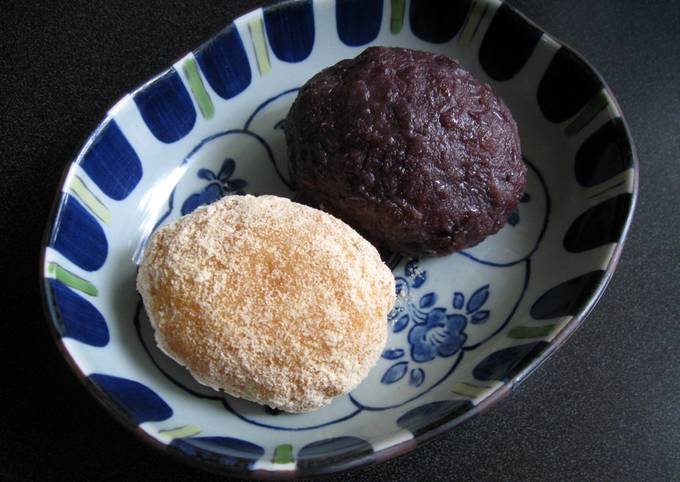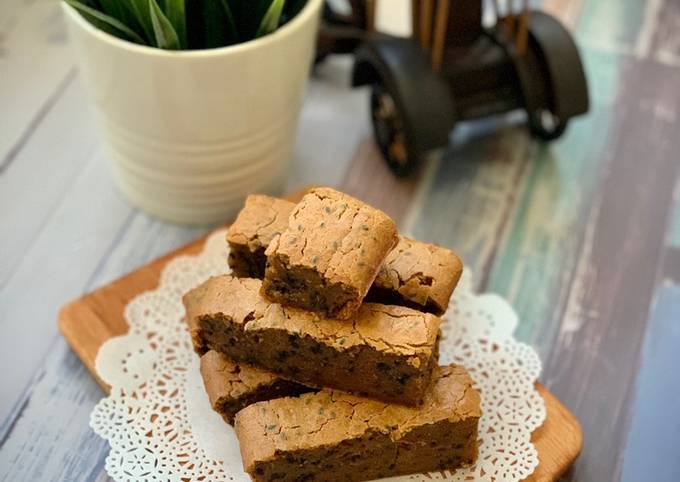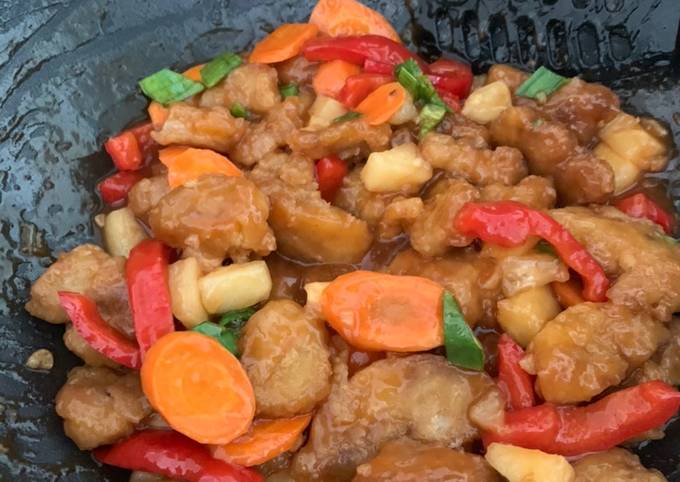
Hey everyone, it is John, welcome to our recipe page. Today, I will show you a way to make a special dish, ohagi (bota mochi). It is one of my favorites food recipes. This time, I’m gonna make it a little bit unique. This will be really delicious.
Ohagi, or botamochi, are sweet rice balls which are usually made with glutinous rice. They are commonly eaten during higan periods in spring and autumn, a Buddhist holiday celebrated by Japanese sects during both equinoxes. The name, ohagi, came from the autumn flower, hagi (bush clover). To make the sesame-coated Ohagi (Botamochi), put the rice ball (with Anko filling) in the black sesame mix.
Ohagi (Bota Mochi) is one of the most well liked of current trending meals in the world. It is simple, it’s quick, it tastes delicious. It is appreciated by millions daily. They are fine and they look wonderful. Ohagi (Bota Mochi) is something which I have loved my entire life.
To begin with this particular recipe, we must first prepare a few components. You can have ohagi (bota mochi) using 5 ingredients and 7 steps. Here is how you can achieve that.
The ingredients needed to make Ohagi (Bota Mochi):
- Take 2 cups (*180ml cup) Glutenous Short Grain Rice
- Take *Note: You can replace 1/2 cup (90ml) of it with regular Short Grain Rice
- Get 1 pinch Salt
- Get Sweet Azuki Paste *Tsubu-an OR Koshi-an
- Prepare Kinako (finely ground Roasted Soy Beans) & Sugar *See ‘Method 5’
It is basically a ball of slightly pounded glutenous rice covered with Sweet Azuki Paste. Kinako (finely ground Roasted Soy Beans) mixed. Ohagi in the Autumn and Botamochi in the Spring. Ohagi, which is eaten in the fall, and Botamochi, which is eaten in the spring, both consist of sweet rice, known as "mochi gome," and sweet red bean paste.
Steps to make Ohagi (Bota Mochi):
- Wash Rice and place it in the rice cooker. Add water up to the 2-cups-marking. Allow to soak for 30 minutes if you have time.
- Add 1 pinch Salt and press ‘COOK’ button to start cooking.
- Transfer to a bowl. Using a pestle or something similar, pound the hot rice, wetting the pestle with Water frequently. Stop pounding when the texture is rubbery like Mochi yet you still see grains.
- Wet your hands with Water and make 3 x 4cm (or larger) balls, and cover with Sweet Azuki Paste or Kinako Sugar.
- How to make Kinako Sugar: Kinako is finely ground Roasted Soy Beans. Mix a same amount of Kinako and Caster Sugar with 1 pinch Salt.
- Easy method to cover with Azuki Paste: Spread Azuki Paste thinly on a sheet of plastic food wrap, about twice the size of the rice ball. Place the rice ball and wrap it and cover the rice ball with Azuki Paste evenly.
- *Note: Naturally you can do this process without the plastic wrap. Thinly spread Azuki Paste on your palm, place rice ball on it, then cover it around.
Ohagi in the Autumn and Botamochi in the Spring. Ohagi, which is eaten in the fall, and Botamochi, which is eaten in the spring, both consist of sweet rice, known as "mochi gome," and sweet red bean paste. While both made in the same flower shape, Ohagi is named after the bush clover (hagi), which blooms in fall, while Botamochi is named after the spring blooming peony (botan). We are making Japanese autumn dessert, Ohagi also known as Botamochi in spring. The pounded rice is still soft.
So that is going to wrap it up with this special food ohagi (bota mochi) recipe. Thanks so much for your time. I’m sure you can make this at home. There is gonna be more interesting food at home recipes coming up. Don’t forget to bookmark this page in your browser, and share it to your loved ones, friends and colleague. Thanks again for reading. Go on get cooking!

